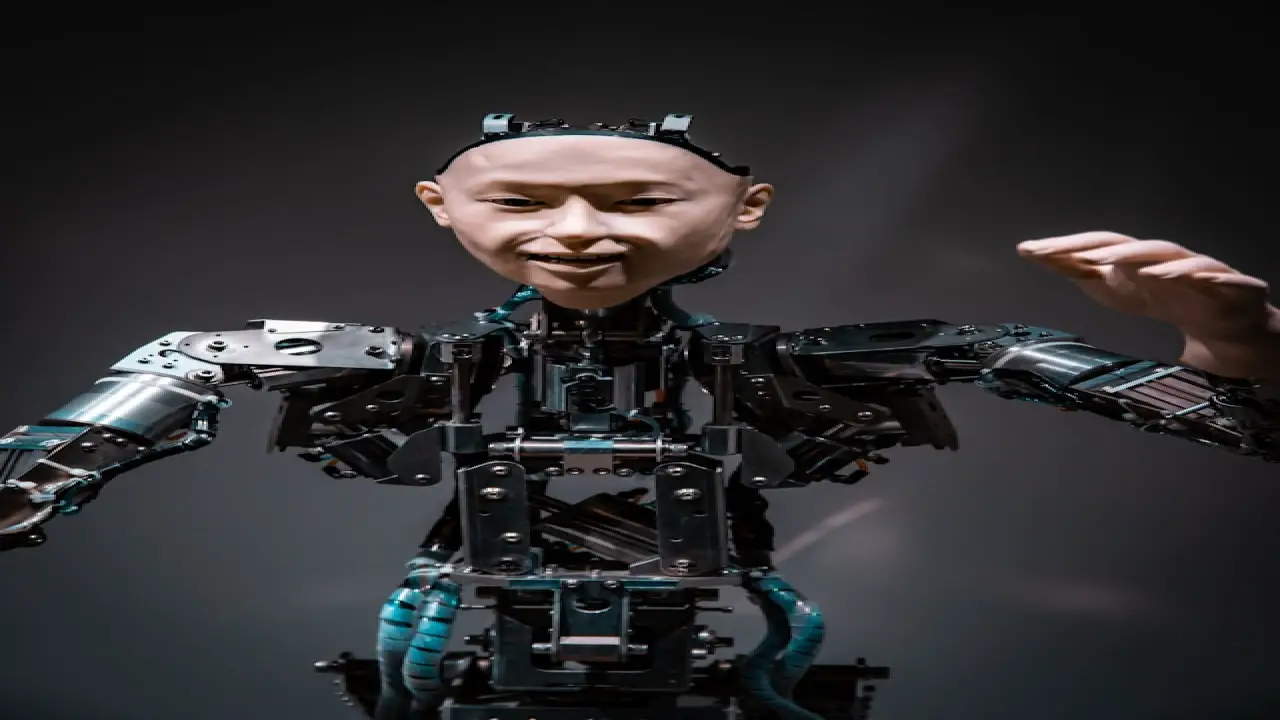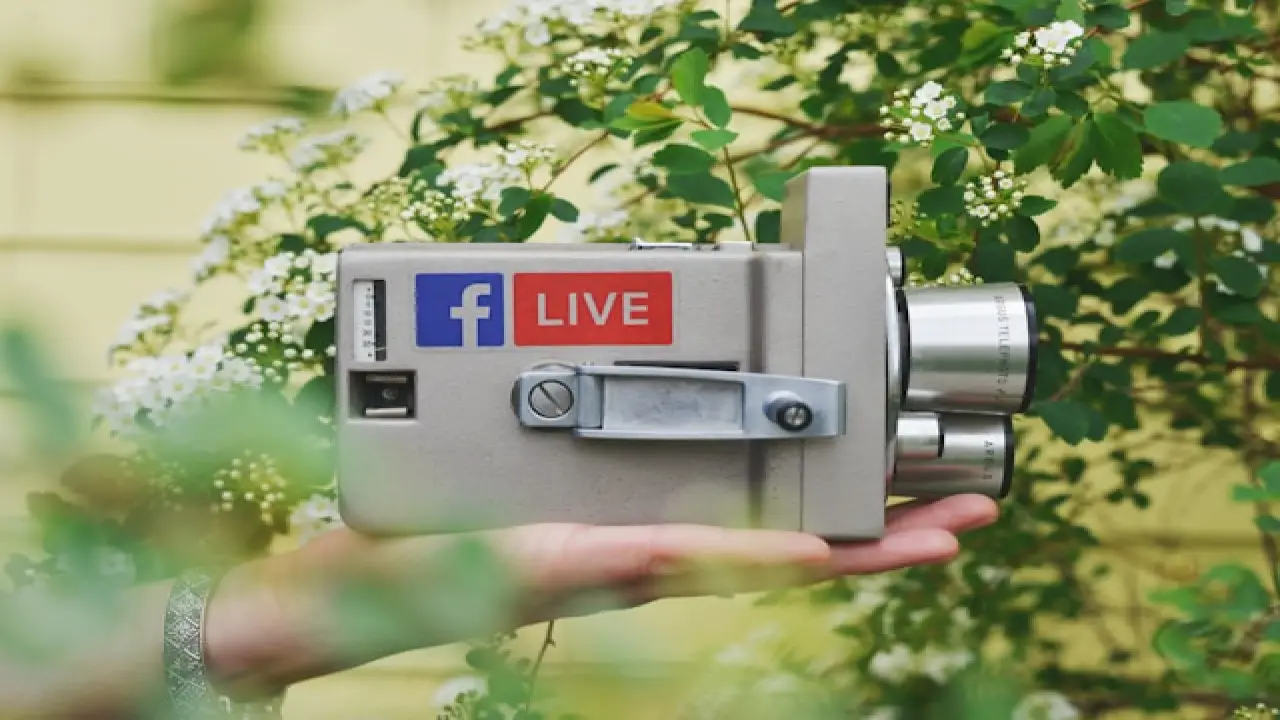Artificial Intelligence in Image Generation: A Revolutionary Technology
Introduction
Artificial intelligence (AI) has been rapidly advancing in various fields, and one of the most significant breakthroughs has been in image generation. AI-generated images have become increasingly realistic and sophisticated, blurring the lines between human-created and machine-generated content. This technology has far-reaching implications for various industries, from art and design to marketing and entertainment. In this article, we will explore the current state of AI in image generation, its applications, and the potential future developments in this field.
How AI Image Generation Works
AI image generation uses a type of deep learning algorithm called generative adversarial networks (GANs). GANs consist of two neural networks: a generator and a discriminator. The generator creates images based on a given prompt or input, while the discriminator evaluates the generated images and provides feedback to the generator. Through this process, the generator improves its image generation capabilities, and the discriminator becomes more effective at distinguishing between real and generated images.
Types of AI Image Generation
There are several types of AI image generation, including:
- Text-to-Image Synthesis: This type of AI image generation involves creating images based on text descriptions. For example, a user can input a text description of a scene, and the AI algorithm will generate an image based on that description.
- Image-to-Image Translation: This type of AI image generation involves translating an input image from one domain to another. For example, translating a photo of a cat to a painting of a cat.
- Image Generation with Attributes: This type of AI image generation involves generating images with specific attributes, such as objects, colors, or textures.
Applications of AI Image Generation
AI image generation has numerous applications across various industries, including:
- Art and Design: AI-generated images can be used to create new forms of art, such as algorithmic paintings or sculptures.
- Marketing and Advertising: AI-generated images can be used to create personalized and targeted advertisements.
- Entertainment: AI-generated images can be used to create special effects in movies and video games.
- Healthcare: AI-generated images can be used to create synthetic medical images for training and research purposes.
Benefits of AI Image Generation
AI image generation offers several benefits, including:
- Increased Efficiency: AI image generation can automate the image creation process, reducing the time and effort required to create high-quality images.
- Improved Consistency: AI image generation can produce images with consistent quality and style.
- Cost-Effective: AI image generation can reduce the cost of image creation, as it eliminates the need for human labor and equipment.
Challenges and Limitations of AI Image Generation
While AI image generation has made significant progress, it still faces several challenges and limitations, including:
- Quality and Realism: AI-generated images may not be of the same quality or realism as human-created images.
- Lack of Control: AI algorithms may not provide enough control over the image generation process.
- Ethical Concerns: AI image generation raises ethical concerns, such as the potential for misuse or the impact on employment.
Future Developments in AI Image Generation
The future of AI image generation is promising, with several developments on the horizon, including:
- Advancements in GANs: Researchers are working on improving GANs to generate more realistic and diverse images.
- Multi-Modal Image Generation: AI algorithms will be able to generate images that combine multiple modalities, such as vision and language.
- Explainable AI: AI algorithms will be able to provide explanations for their image generation decisions, increasing transparency and trust.
Conclusion
AI image generation is a rapidly advancing technology with far-reaching implications for various industries. While it offers several benefits, it also raises ethical concerns and challenges. As the technology continues to evolve, we can expect to see more sophisticated and realistic AI-generated images that will transform the way we create and interact with visual content.








Comments (0)